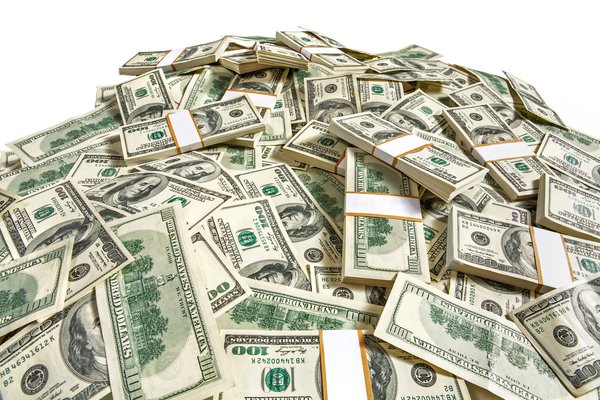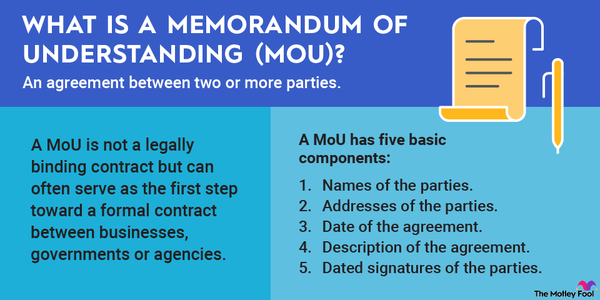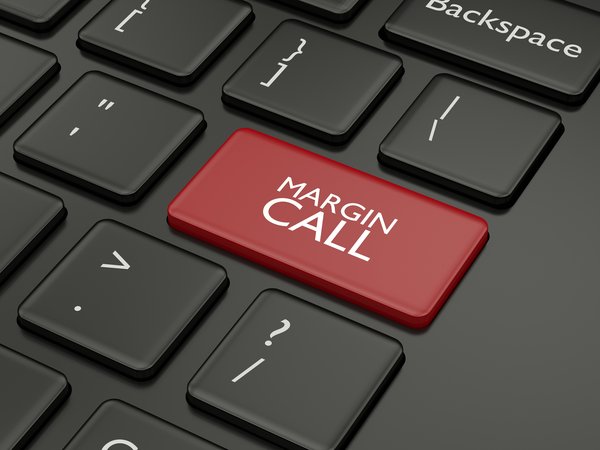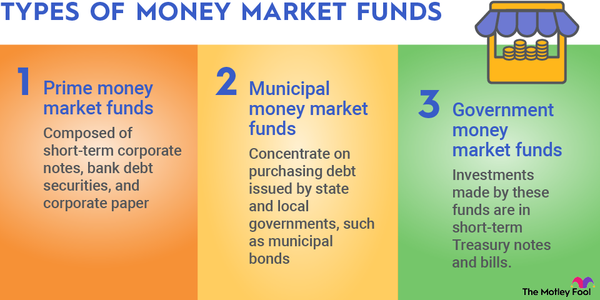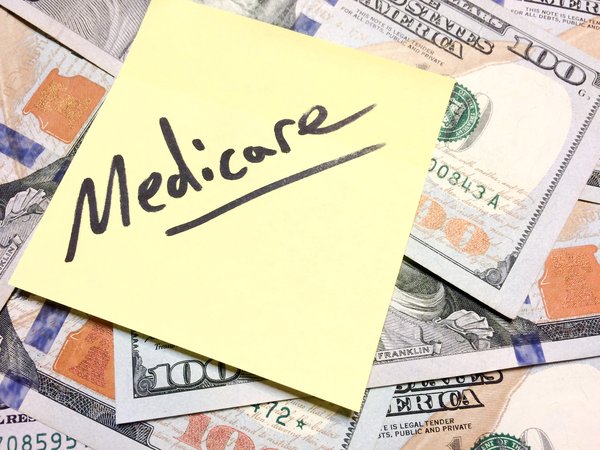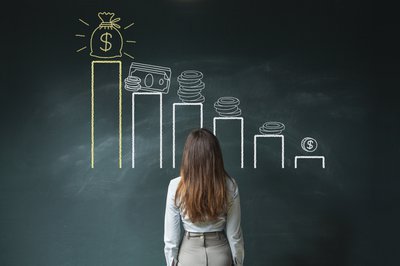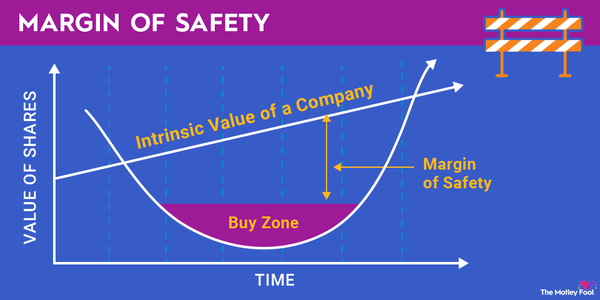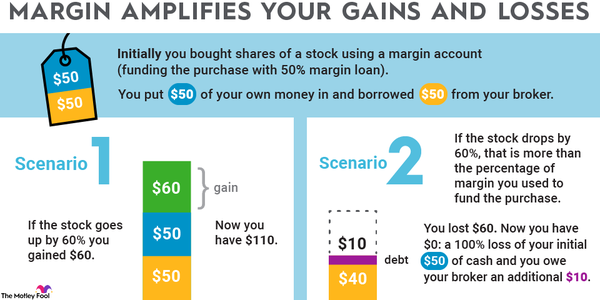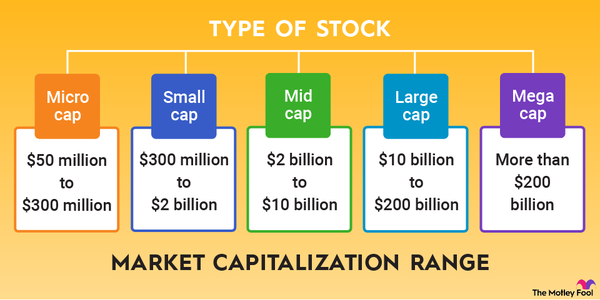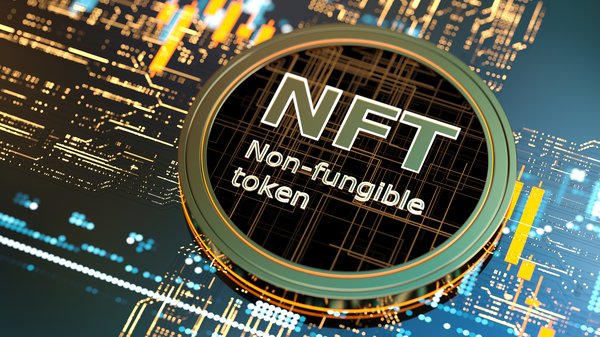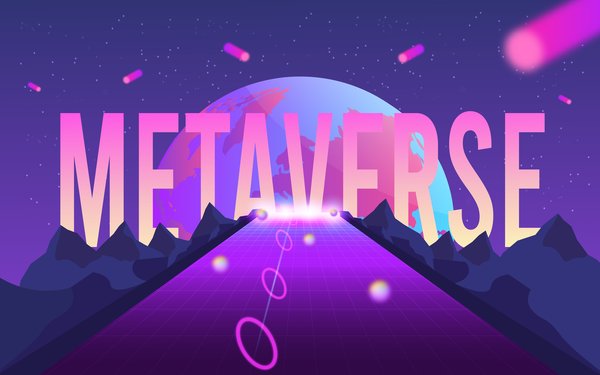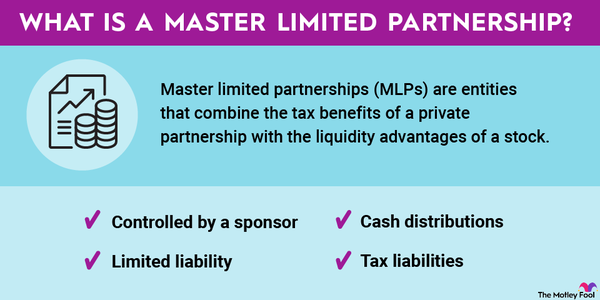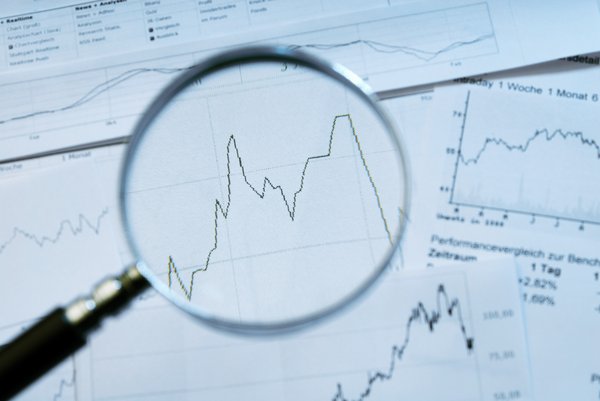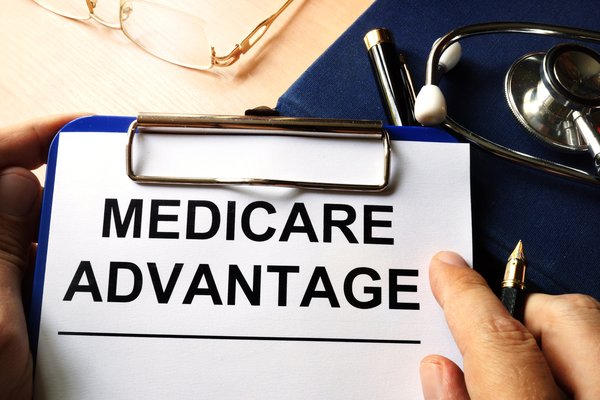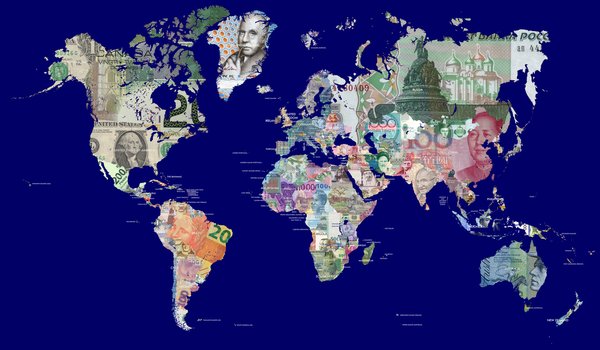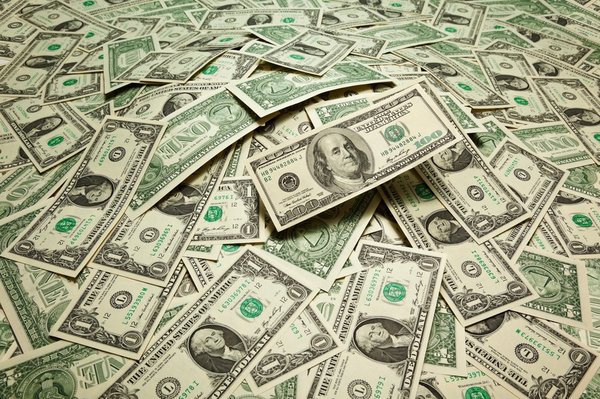Monetary policy is the actions taken by a central bank to promote economic growth, stabilize prices, and control the money supply. In the United States, monetary policy is set by the Federal Reserve.
Monetary policy in the United States
Monetary policy in the United States
There are a few main ways the Federal Reserve can modify its monetary policy:
Benchmark interest rates
The most widely known tool in the Federal Reserve’s arsenal is the federal funds rate, which is the benchmark interest rate set by the Federal Open Market Committee, or FOMC. This is the interest rate at which banks trade reserve balances with each other through Federal Reserve Banks.
The discount rate is another example; it is the interest rate the Federal Reserve charges banks and other financial institutions on loans. A lower discount rate encourages banks to borrow more money, while a higher discount rate has the opposite effect.
Open market operations
Open market operations refer to the sale and purchase of securities on the open market, and is where the name Federal Open Market Committee comes from. Open market operations have always been a tool available to the Federal Reserve but have been used much more in the years since the global financial crisis in 2008.
When the Federal Reserve is buying long-term securities on the open market, the goal is to create downward pressure on interest rates and boost economic activity. In the case of the financial crisis aftermath, the near-zero federal funds rate wasn’t having the desired economic effect all by itself, so the Fed decided large-scale open market purchases were the best way to go.
Open market operations are also used to control the federal funds rate. The FOMC will set a target range for the benchmark interest rate (4.75% to 5.00%, for example) and will use open market operations to manipulate the actual rate within this range.
Reserve requirements
The Federal Reserve is authorized to create reserve requirements for banks and other financial institutions. Higher reserve requirements are considered to be tighter monetary policy.
To be sure, this is not an exhaustive list of the tools the Federal Reserve has available to create monetary policy, but they are some of the most effective and frequently used.
The goal of monetary policy
What is the goal of monetary policy?
Monetary policy decisions can be either contractionary or expansionary. Contractionary monetary policy is also known as “tightening” or “restrictive” policy and is designed to slow down economic growth and/or reduce the inflation rate. On the other hand, expansionary monetary policy, also known as “loosening” or “accommodative” policy, is designed to increase economic growth by encouraging borrowing and spending.
When it comes to the actual goals, it depends on the nation. In the United States, the Federal Reserve makes policy decisions with three main objectives in mind. It wants to keep inflation low and maximize employment (these two things are referred to as the Fed’s dual mandate) and wants to keep interest rates moderate over the long run.
The reason the Fed has so many tools and regularly changes monetary policy is that it can be difficult to achieve both parts of the dual mandate simultaneously. For example, extremely low unemployment generally accompanies strong economic growth, which can lead to inflationary pressure. So, the Fed sometimes has to sacrifice one of the two to keep the other under control.
Related investing topics
Monetary policy vs. fiscal policy
Monetary policy vs. fiscal policy
In a nutshell, monetary policy refers to all of the things the Federal Reserve (or another country’s central bank) can do to promote economic growth, control inflation, and more.
Fiscal policy is another set of tools that the government can use to have similar effects. Tax policy is a good example of fiscal policy; governments can create tax credits and deductions designed to encourage economic activity. For example, the Child and Dependent Care Credit is designed to make it easier for parents to work, which increases economic activity.
It’s important to note that monetary and fiscal policies can be used simultaneously to address economic conditions. For example, when the COVID-19 pandemic began, the Federal Reserve immediately dropped the federal funds rate to almost zero and used several other tools, while the Treasury Department issued economic stimulus checks to households.








